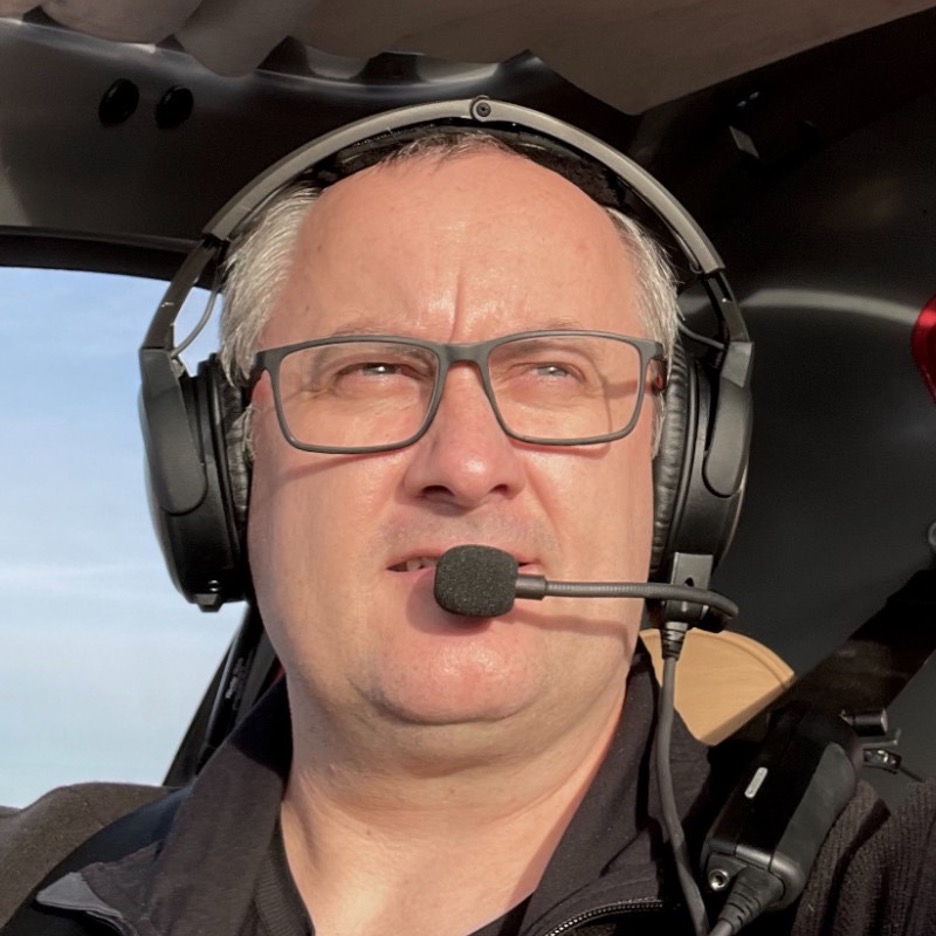Transport Canada plays a vital role in ensuring that ultralight aviation in Canada is safe, regulated, and accessible. Whether you’re brand new to flying or returning after years away, it’s important to understand how Transport Canada supports and oversees ultralight flying. Their involvement ensures a strong foundation for pilots, instructors, and enthusiasts alike.
Establishing Safety Regulations
Transport Canada sets the rules that govern ultralight flight to protect both pilots and the public. These include:
• Aircraft design and airworthiness standards for ultralight vehicles.
• Flight rules that specify how, when, and where ultralight aircraft can fly.
• Operational limits, such as flying during daylight hours in good weather and remaining clear of controlled airspace (unless authorized).
These rules are developed with the unique characteristics of ultralights in mind ó balancing safety with the freedom and affordability that make ultralight aviation so appealing.
Pilot Licensing and Training Standards
While ultralight pilots donít need a full Private Pilot Licence (PPL), Transport Canada outlines clear requirements for:
• Pilot permits (such as the Ultralight Pilot Permit and the Passenger-Carrying Ultralight endorsement).
• Minimum flight training hours (typically 10-25 hours depending on the permit).
• Knowledge and skill standards through written exams and flight reviews.
Transport Canada also approves flight instructors and flight schools that offer ultralight instruction, ensuring high-quality training across the country.
Aircraft Registration and Classification
Transport Canada manages the registration of ultralight aircraft, categorizing them into two main types:
• Basic Ultralight Aeroplanes (BULAs)
• Advanced Ultralight Aeroplanes (AULAs)
Each category has specific construction, performance, and operational guidelines. Advanced ultralights, for instance, may be eligible to carry a passenger once all criteria are met.
Airspace Management
Transport Canada works with NAV CANADA to define how ultralights interact with Canadian airspace. This includes:
• Providing clear guidelines for VFR (Visual Flight Rules) navigation.
• Designating appropriate airspace for recreational use.
• Promoting safety through aeronautical charts, NOTAMs, and weather briefings.
This ensures that ultralight pilots can share the skies responsibly with other aircraft.
Accident Investigation and Safety Promotion
Through the Transportation Safety Board (TSB) and its own safety initiatives, Transport Canada investigates ultralight incidents when necessary and promotes learning from those experiences. It also provides:
• Educational materials, such as the Aviation Safety Letter and Civil Aviation Advisory Circulars.
• Workshops and outreach programs to foster a culture of safety and continuous learning.
Supporting the Growth of Recreational Aviation
Transport Canada works with aviation associations, like the Ultralight Pilots Association of Canada (UPAC), to ensure policies remain practical, relevant, and adaptable. This collaborative approach helps:
• Maintain low barriers to entry for new pilots.
• Encourage innovation in lightweight aircraft.
• Preserve access to airstrips and rural flying communities.
In Summary
Transport Canada’s role in ultralight flight is about more than rules and regulations ó it’s about creating a safe, sustainable environment for recreational aviation to thrive. Whether you’re a student taking your first flight or a retiree returning to the skies, Transport Canada helps ensure your experience is safe, structured, and full of possibility.
